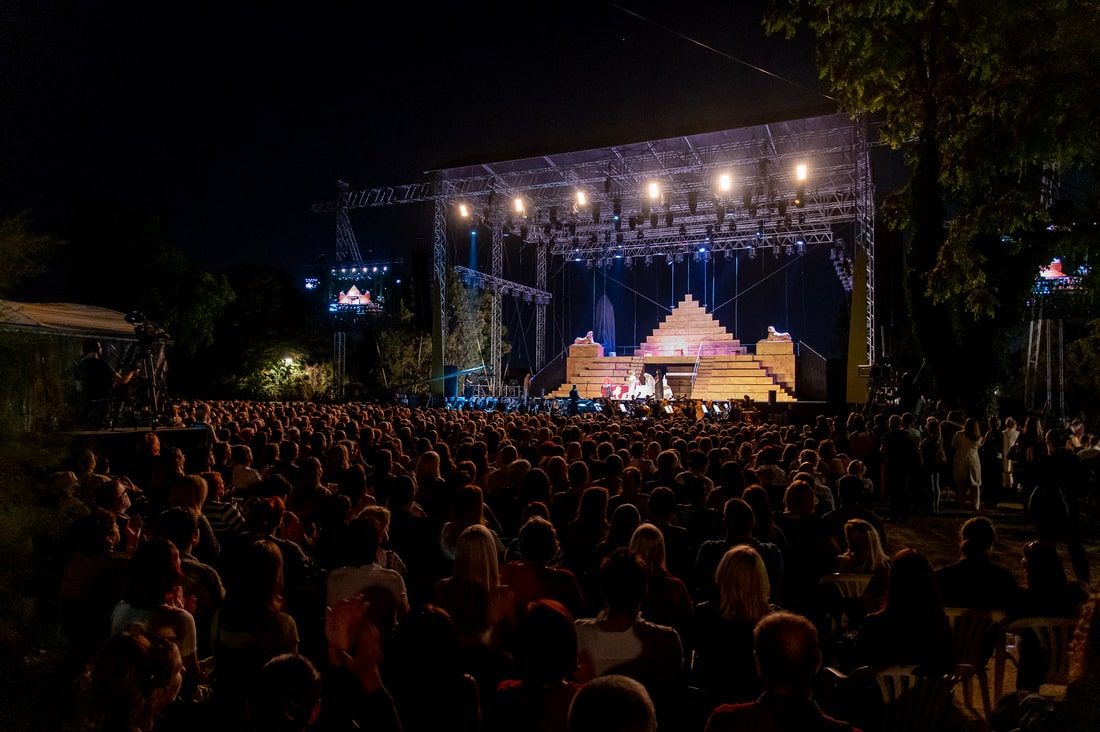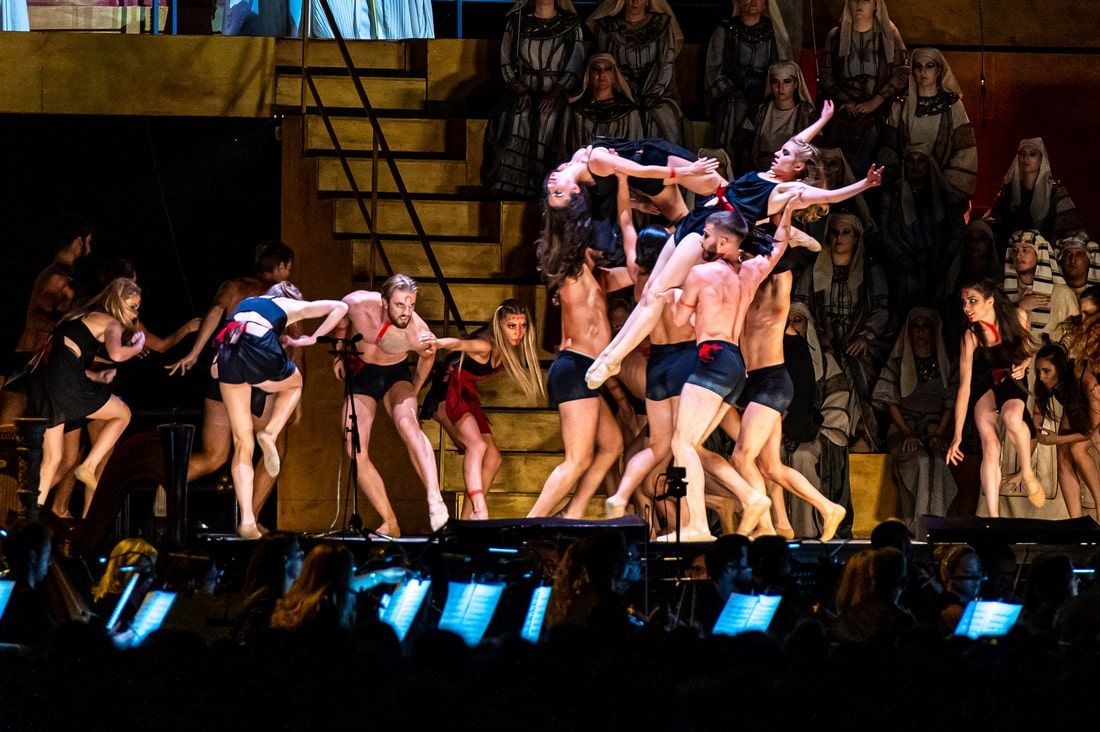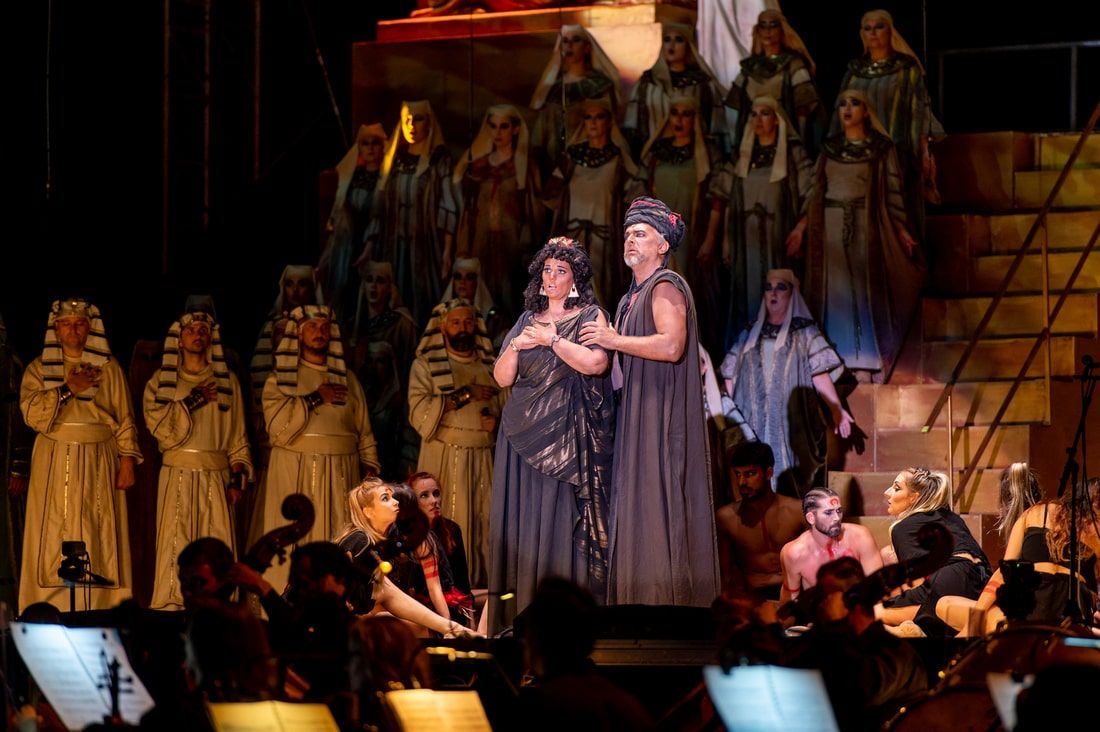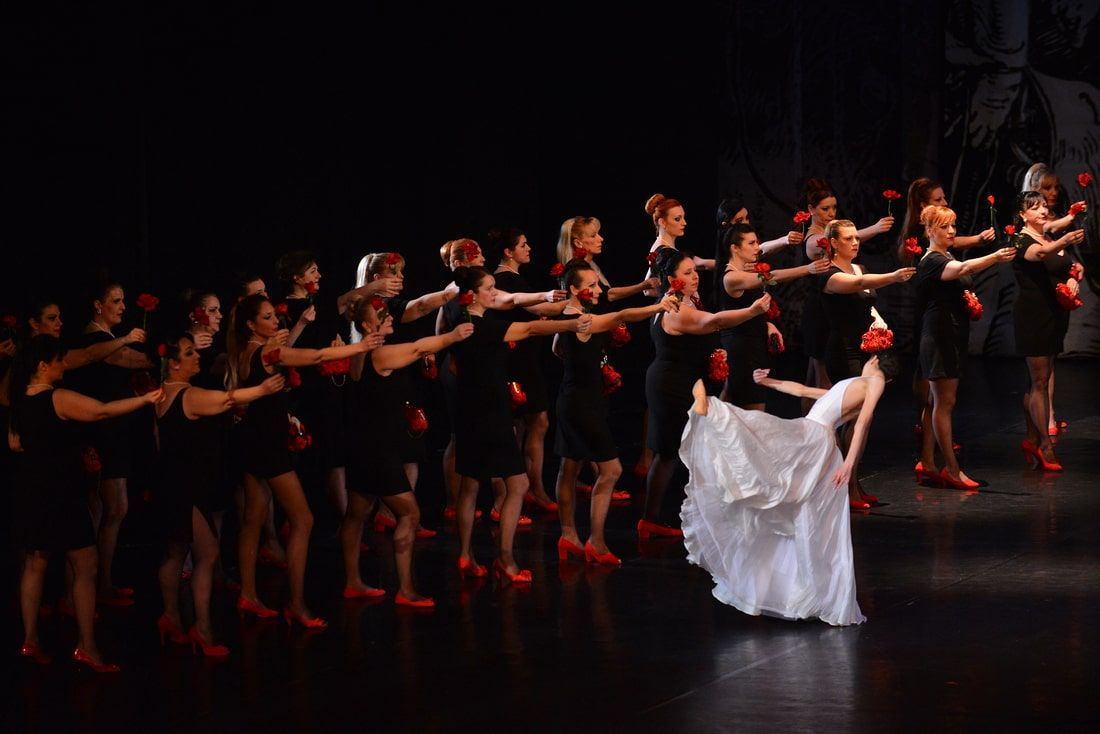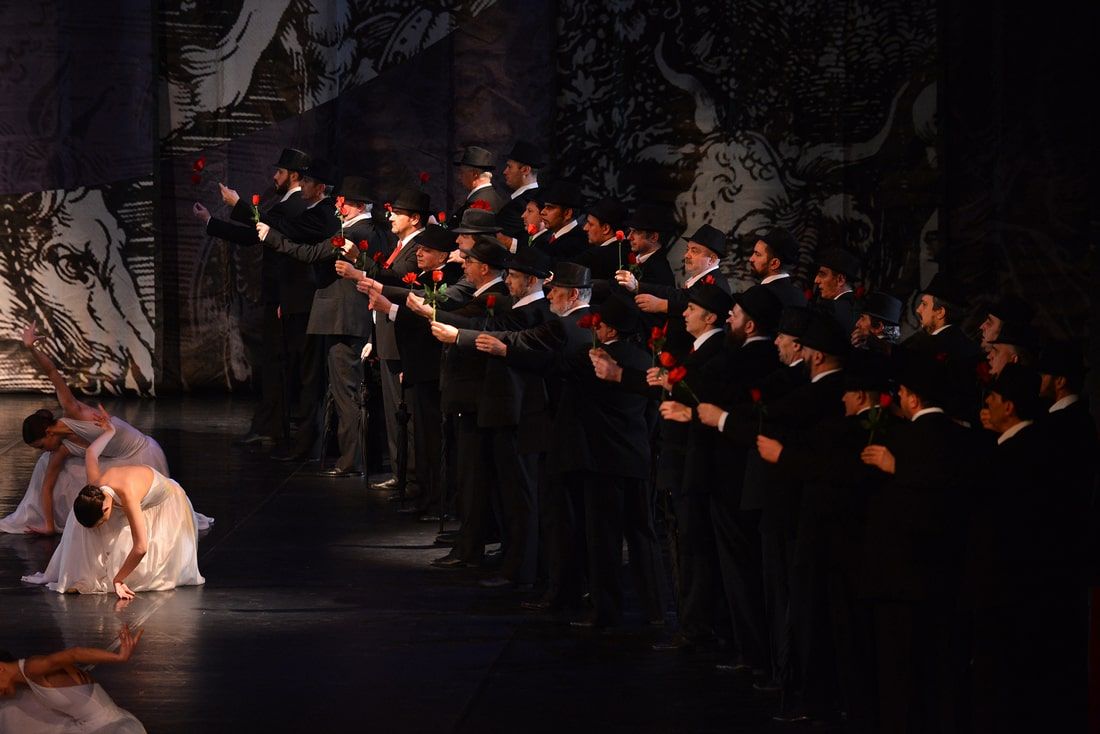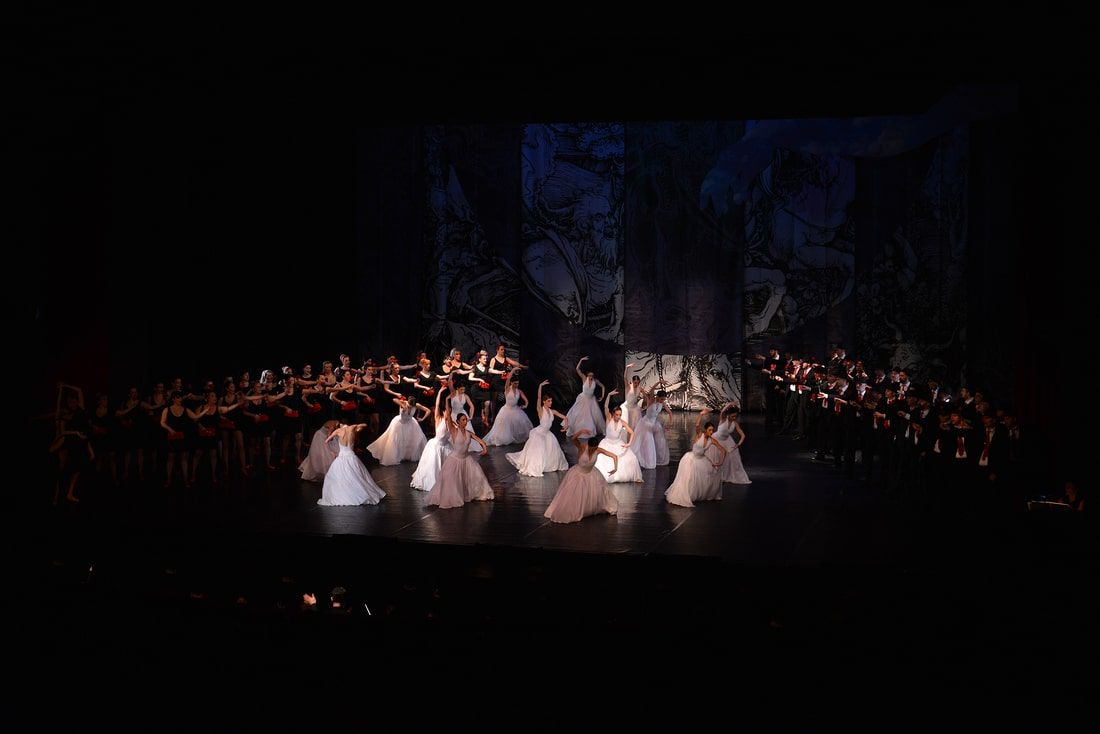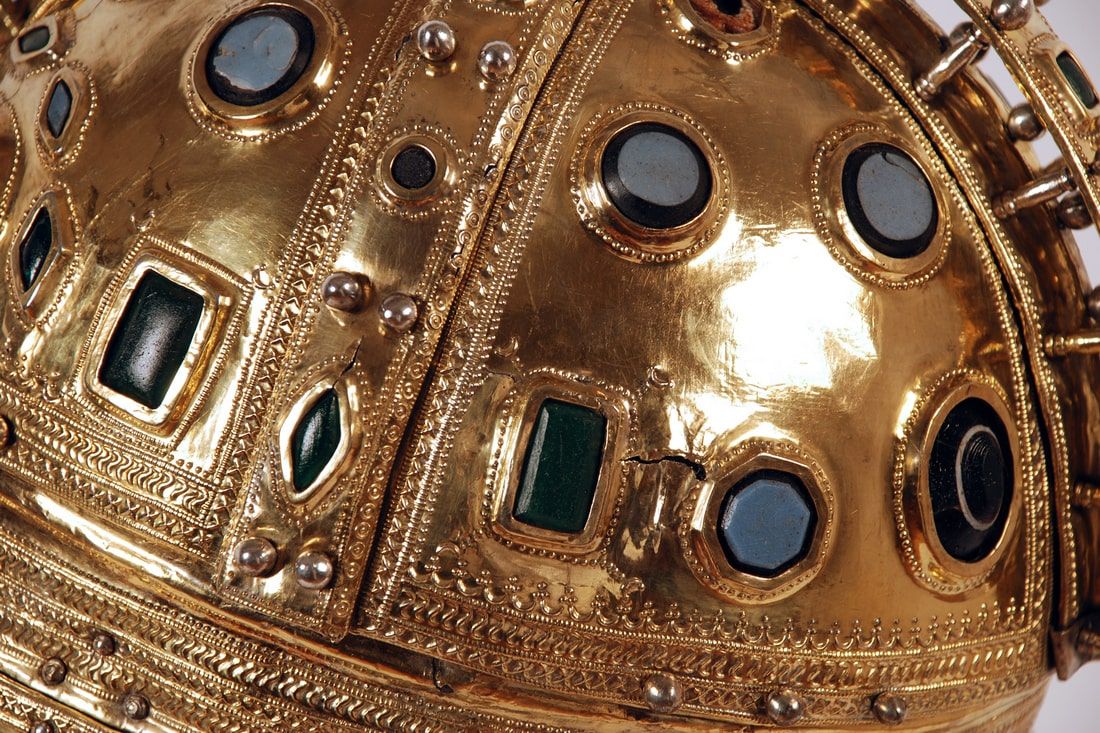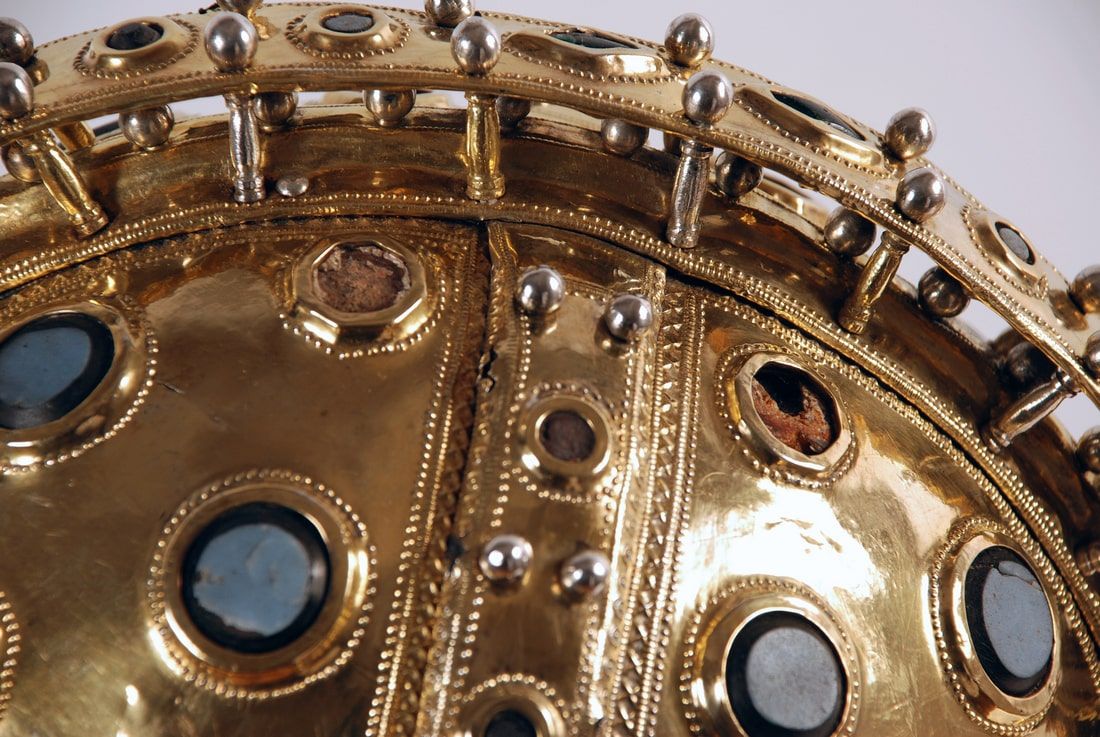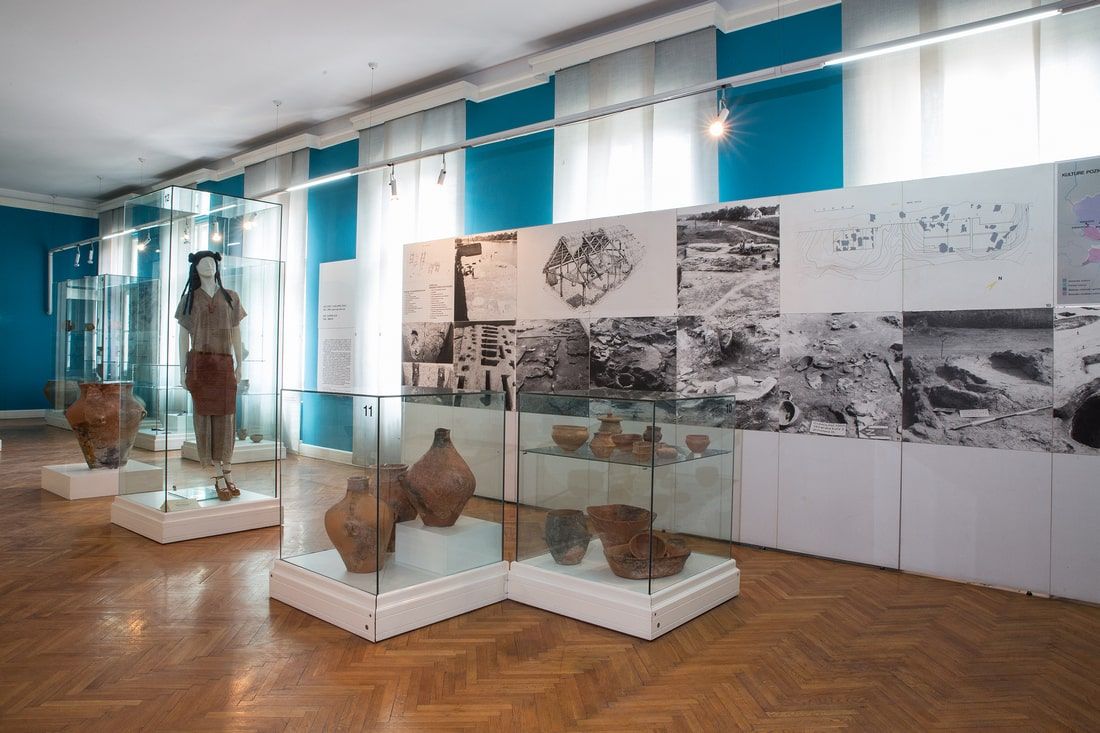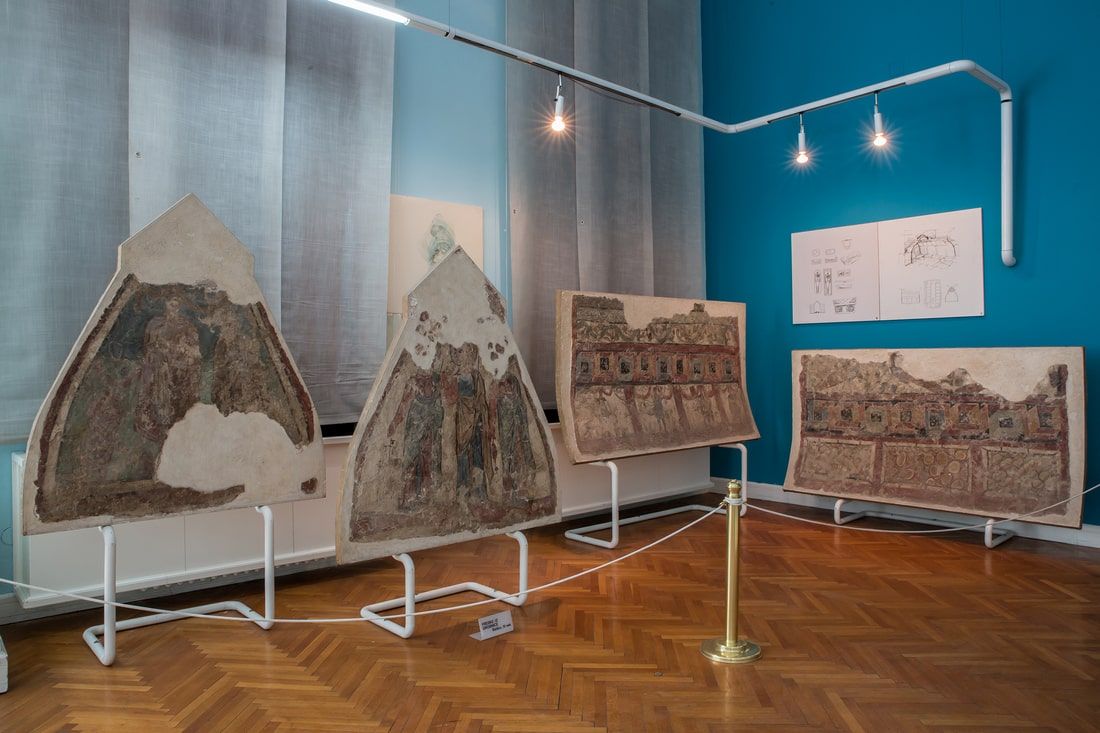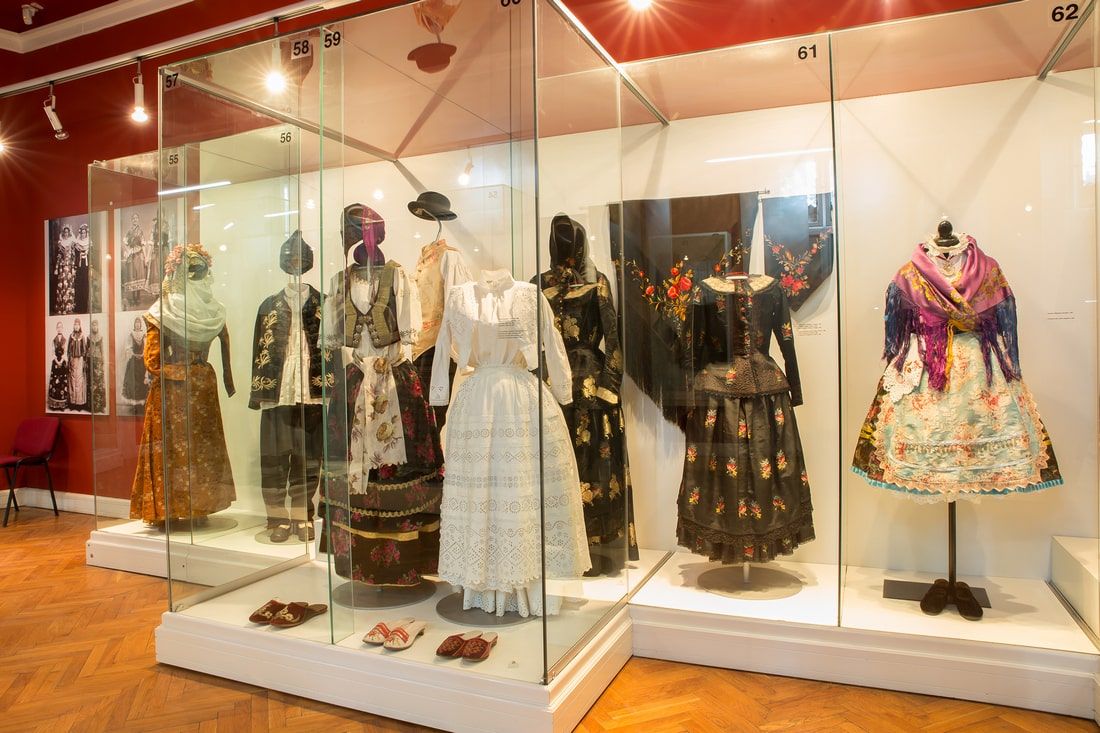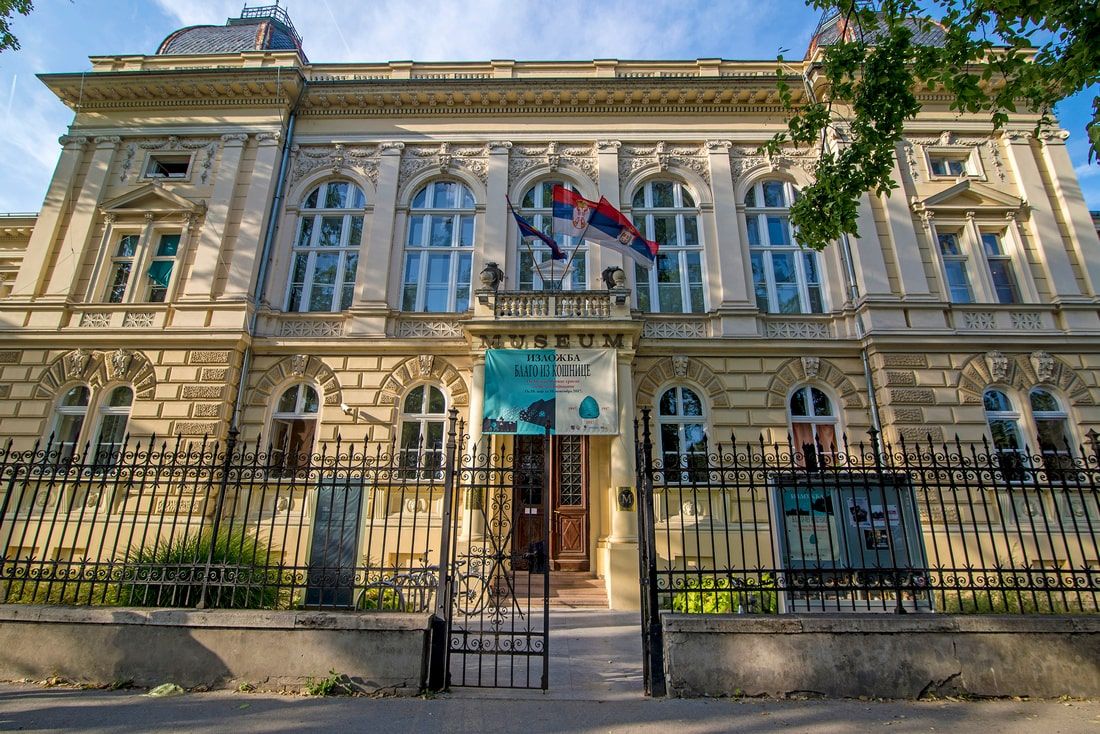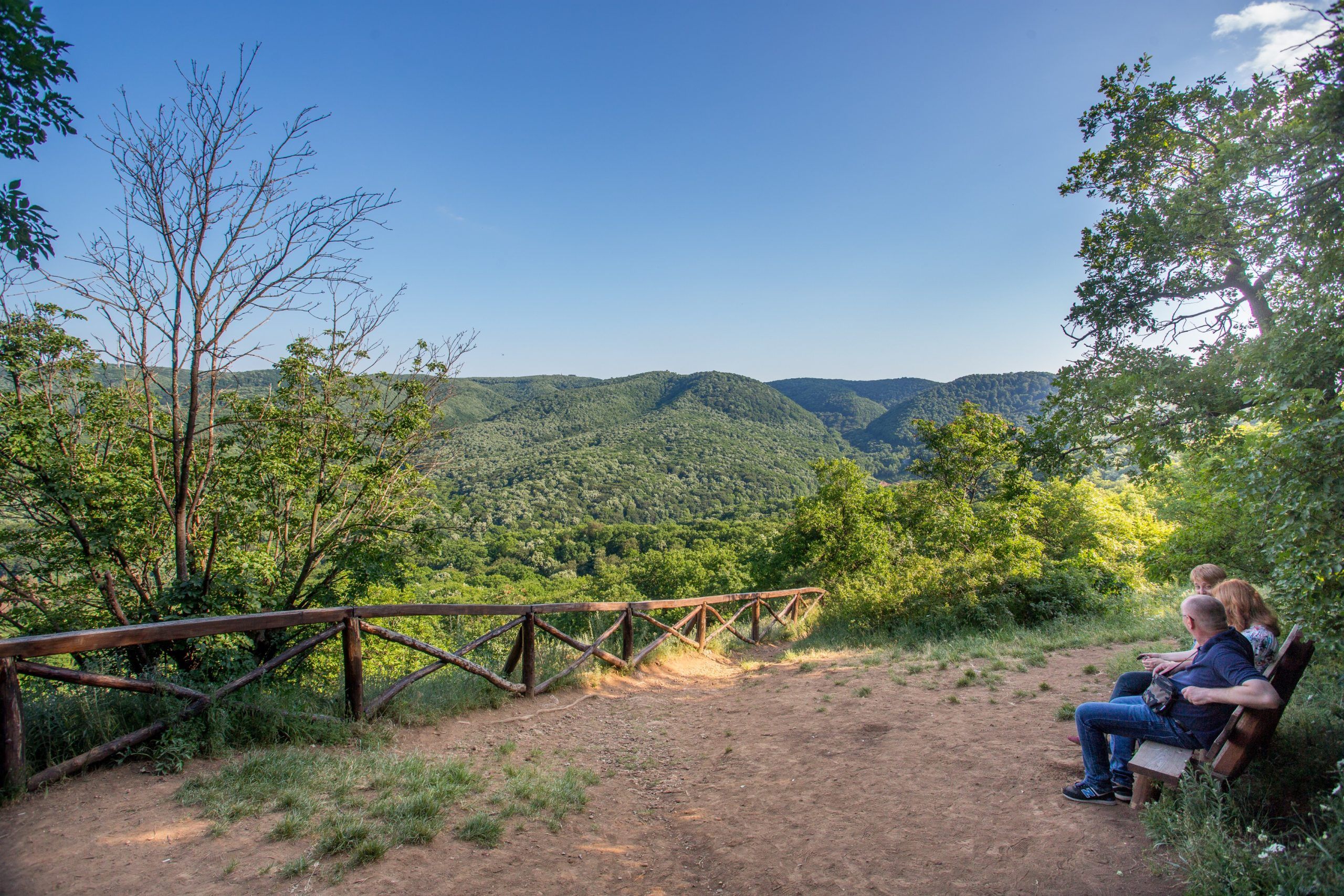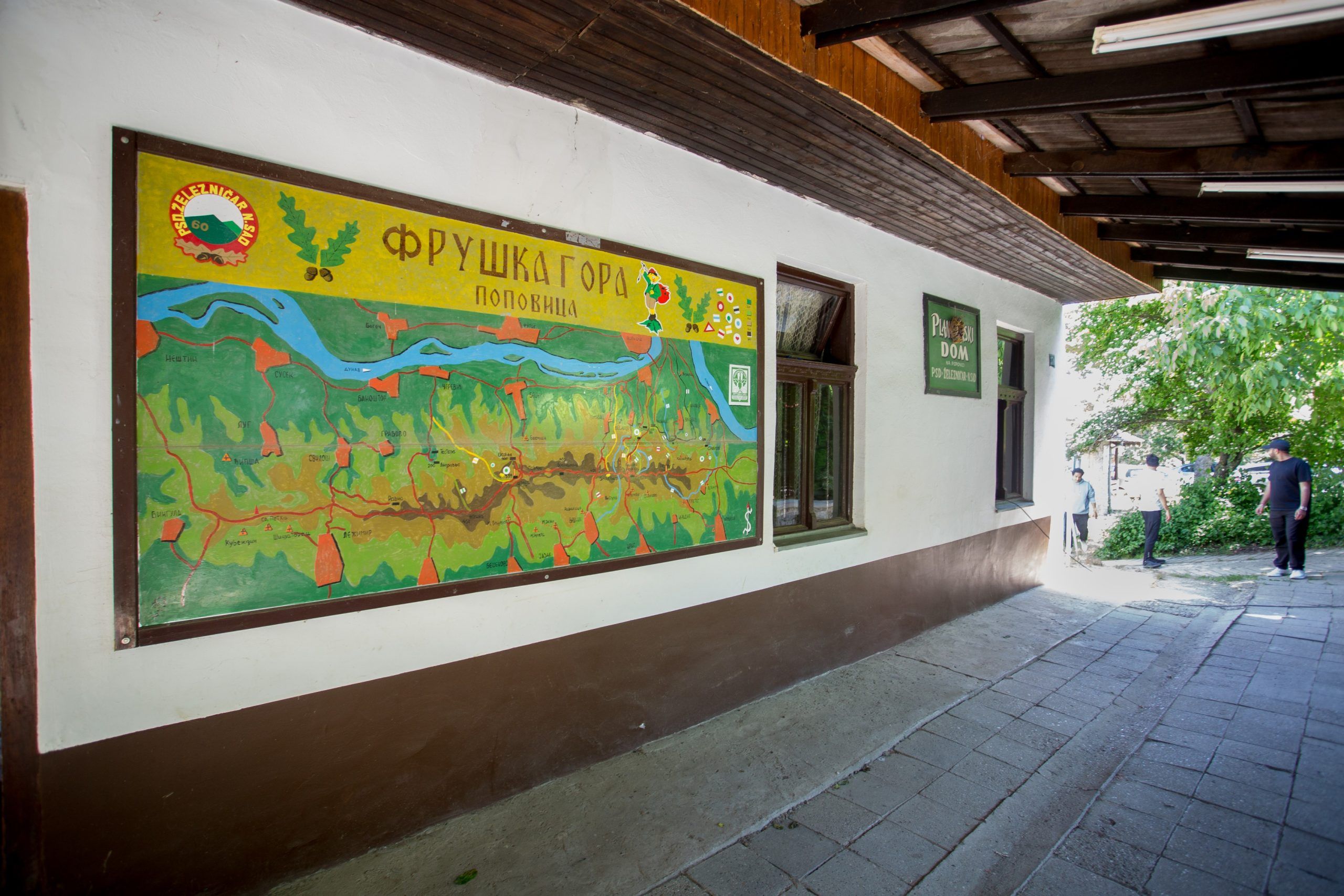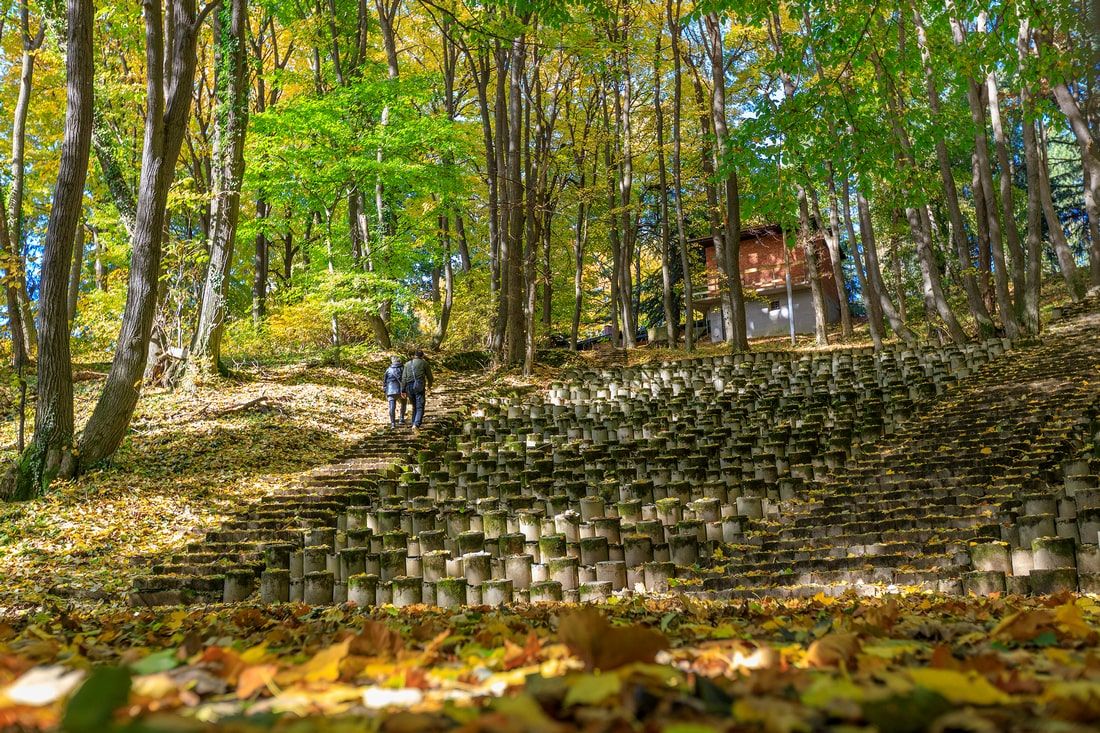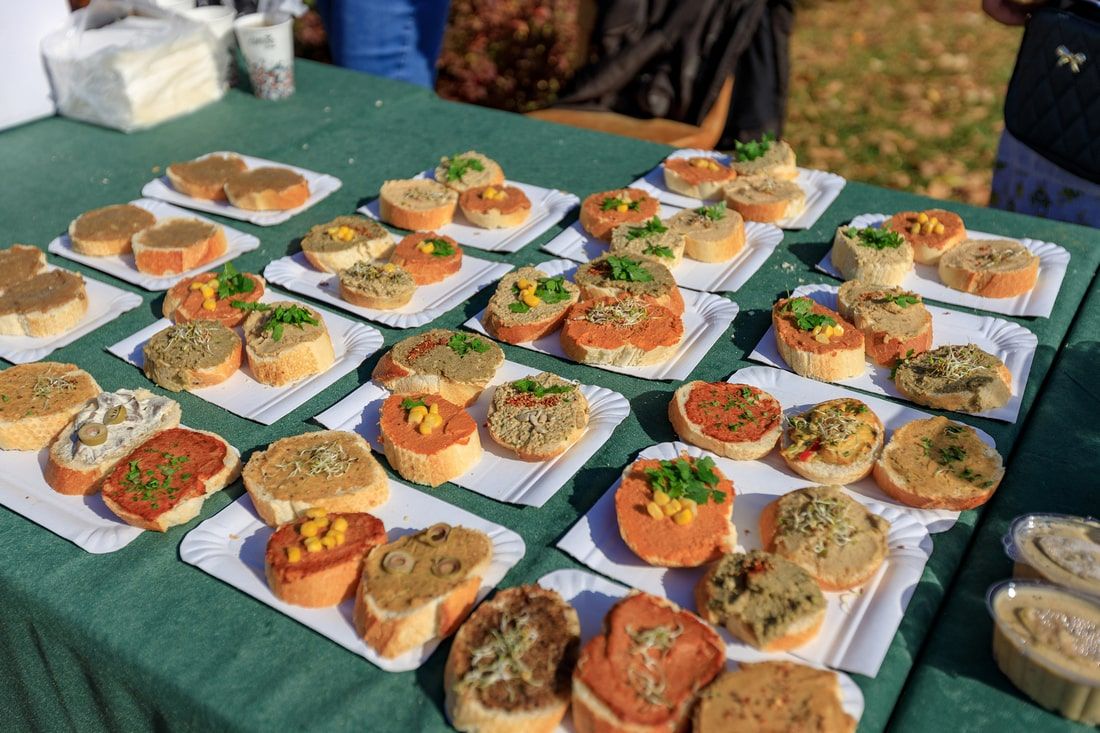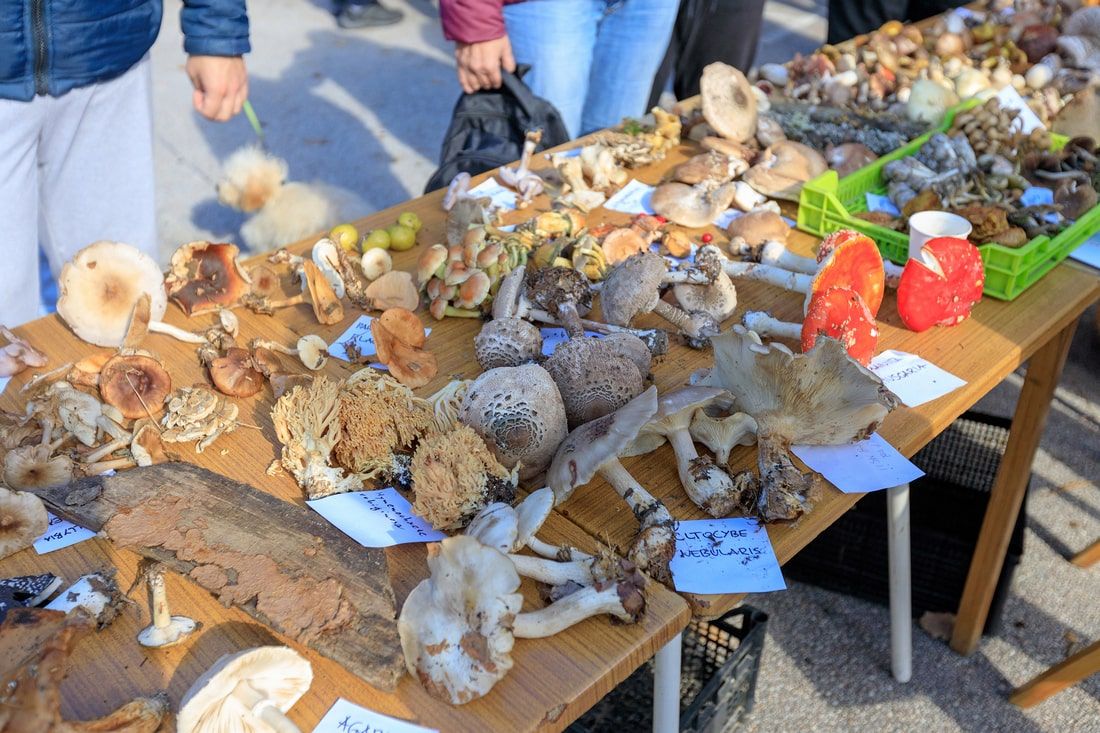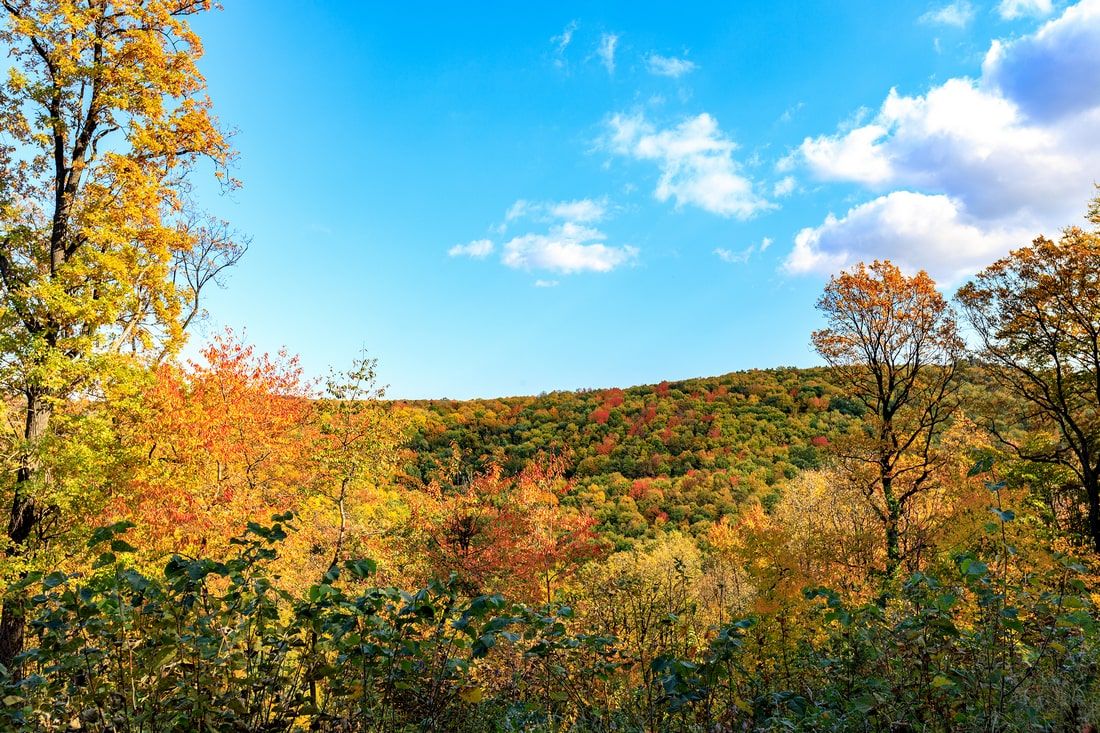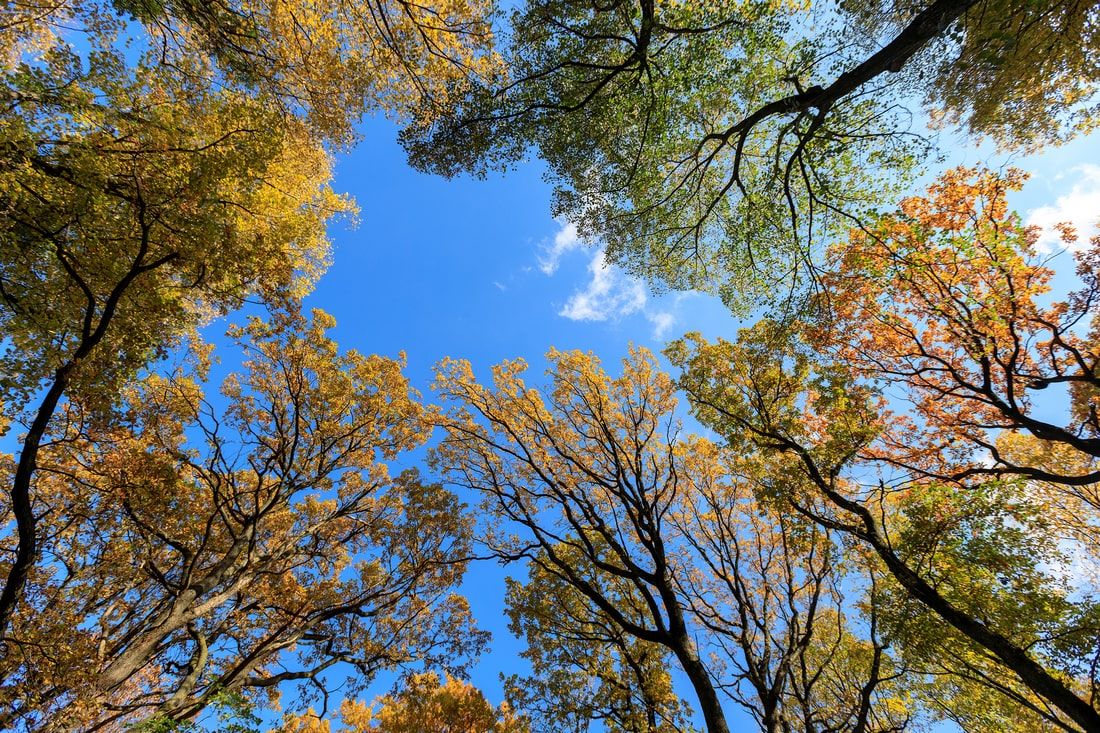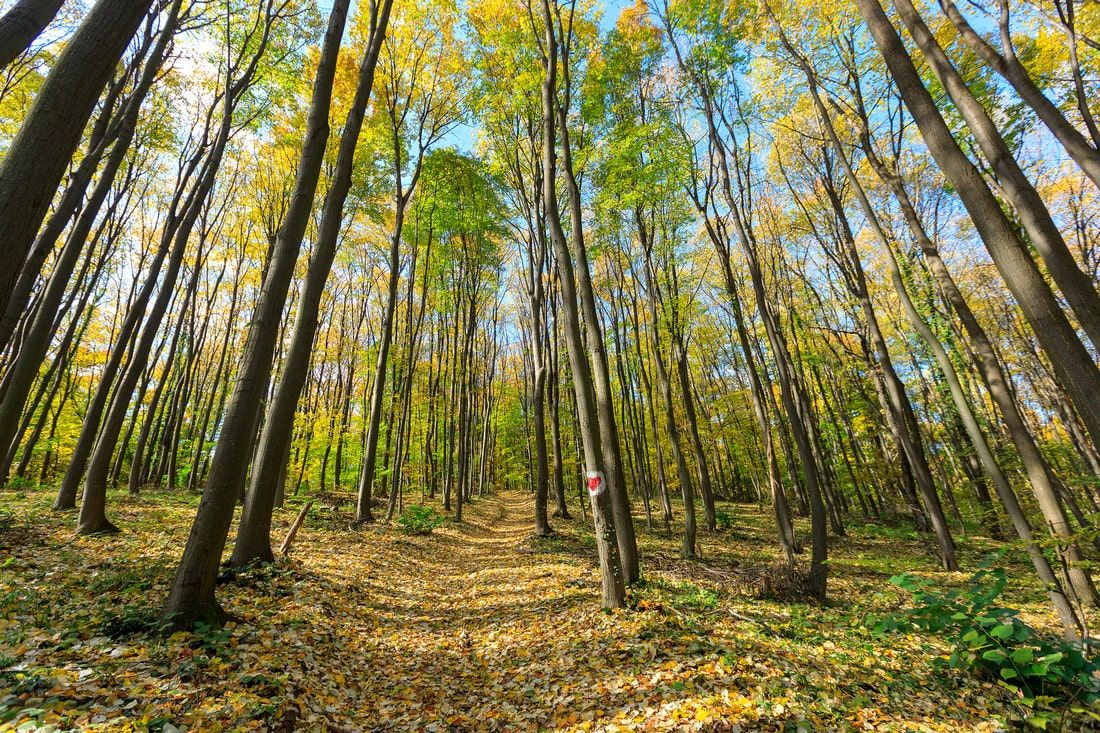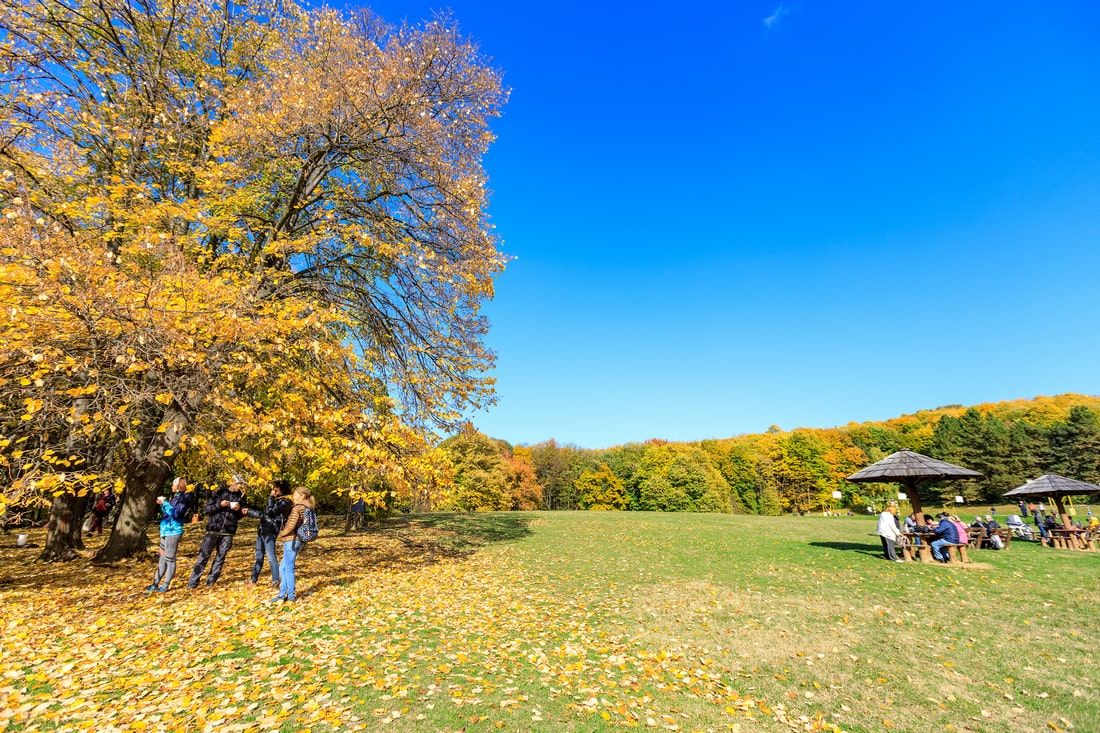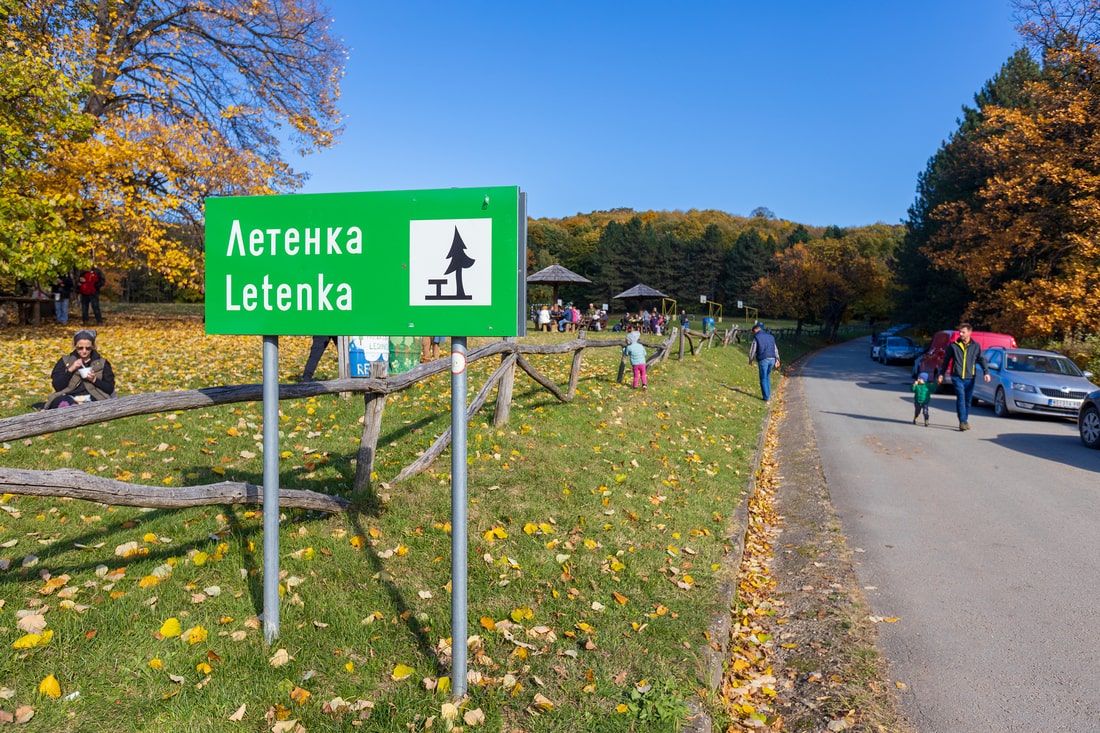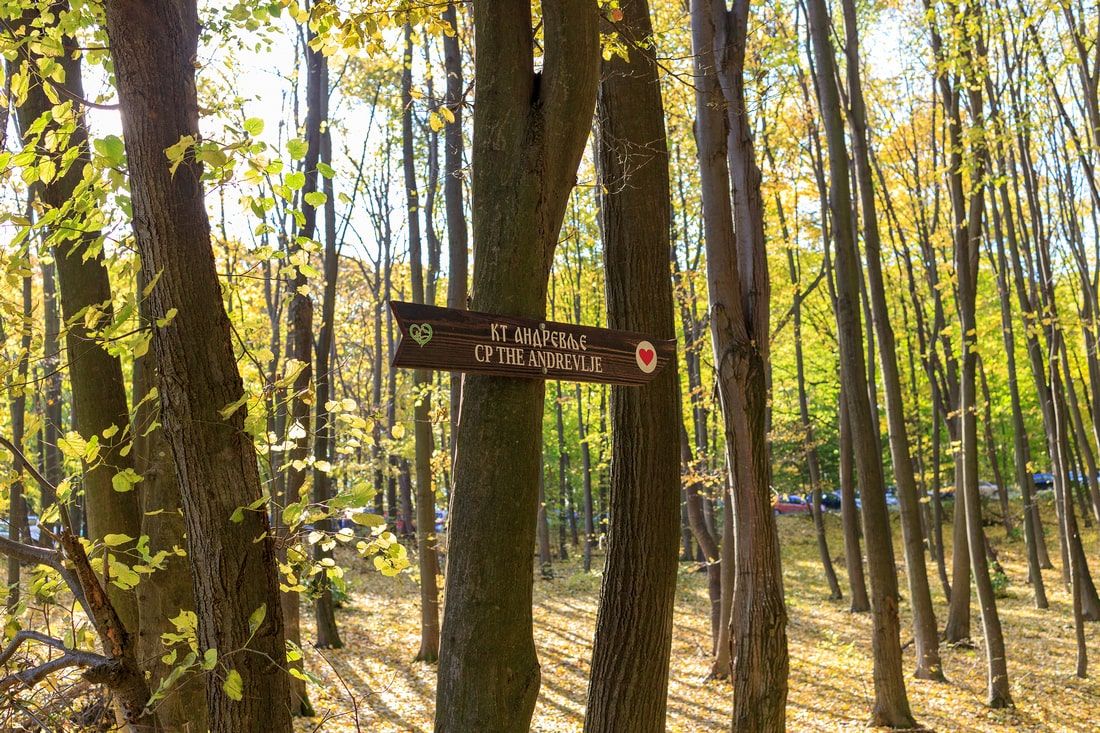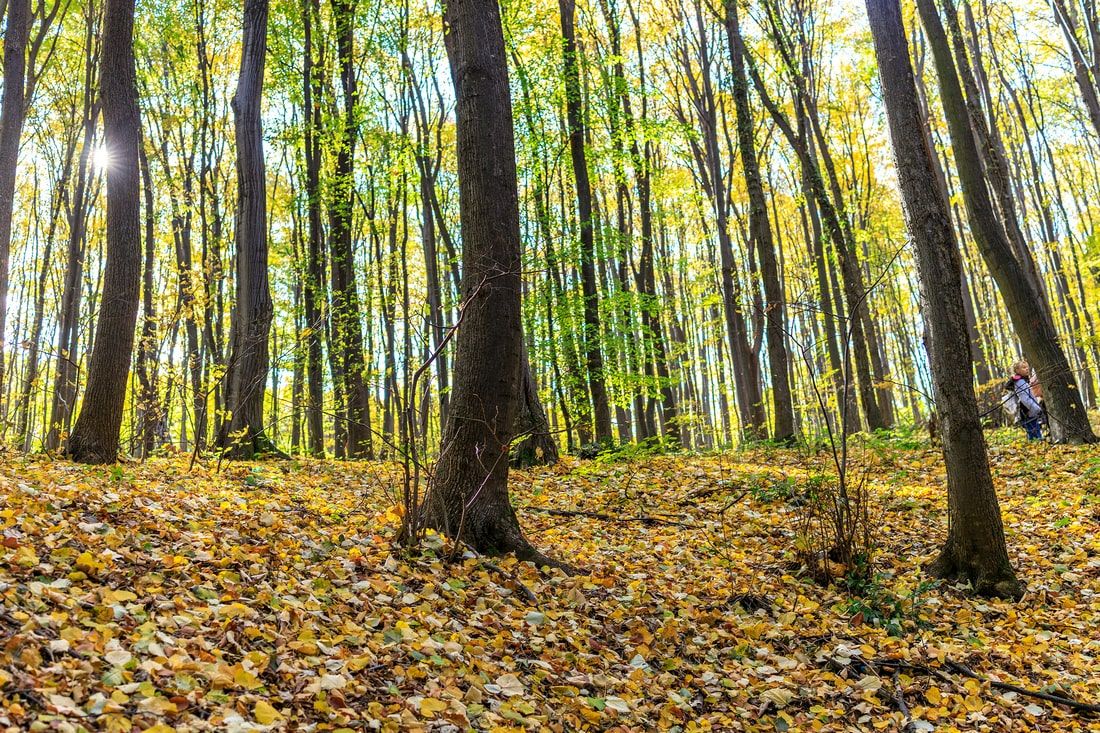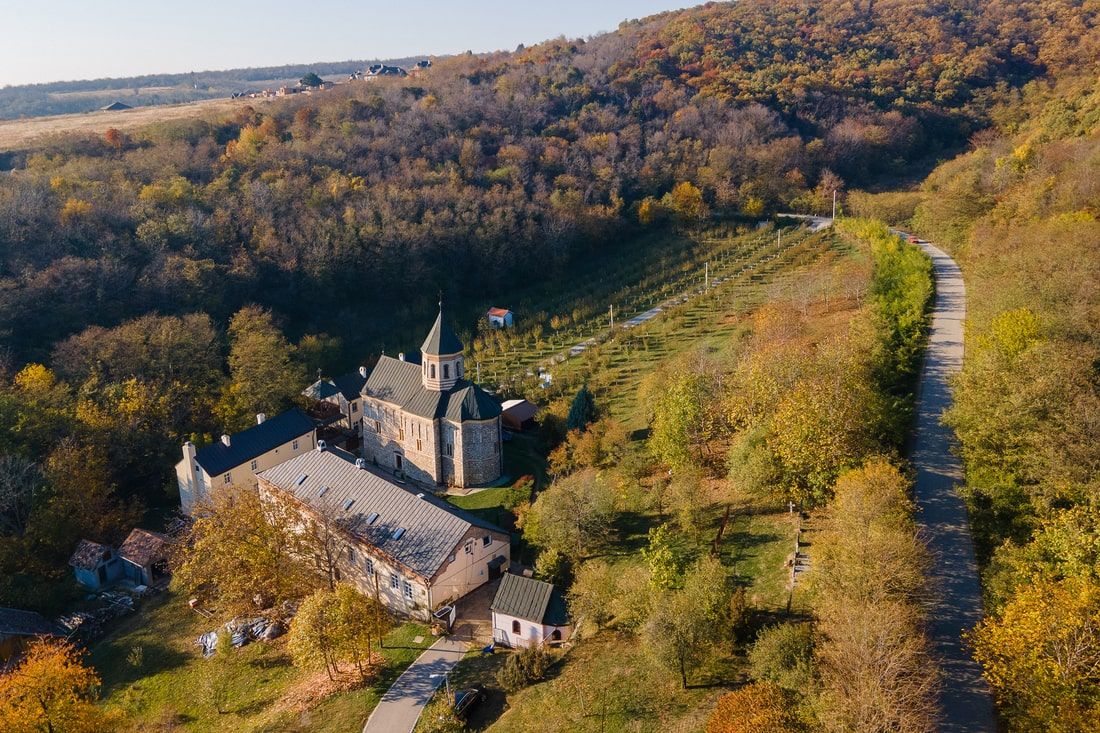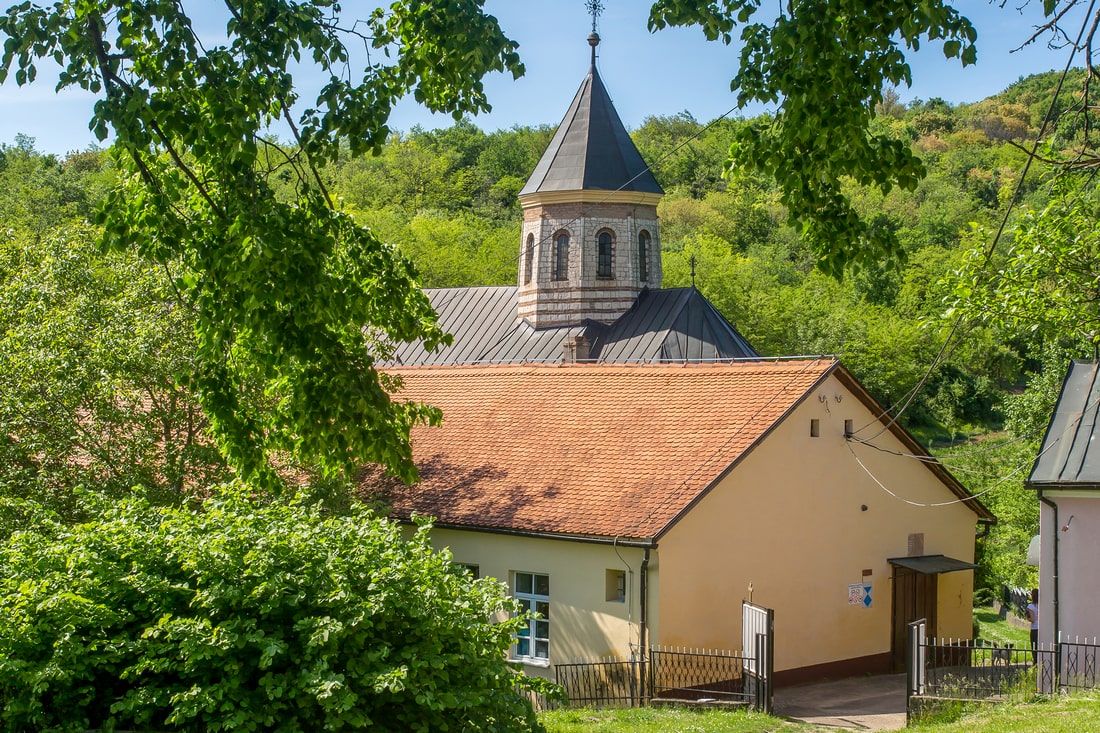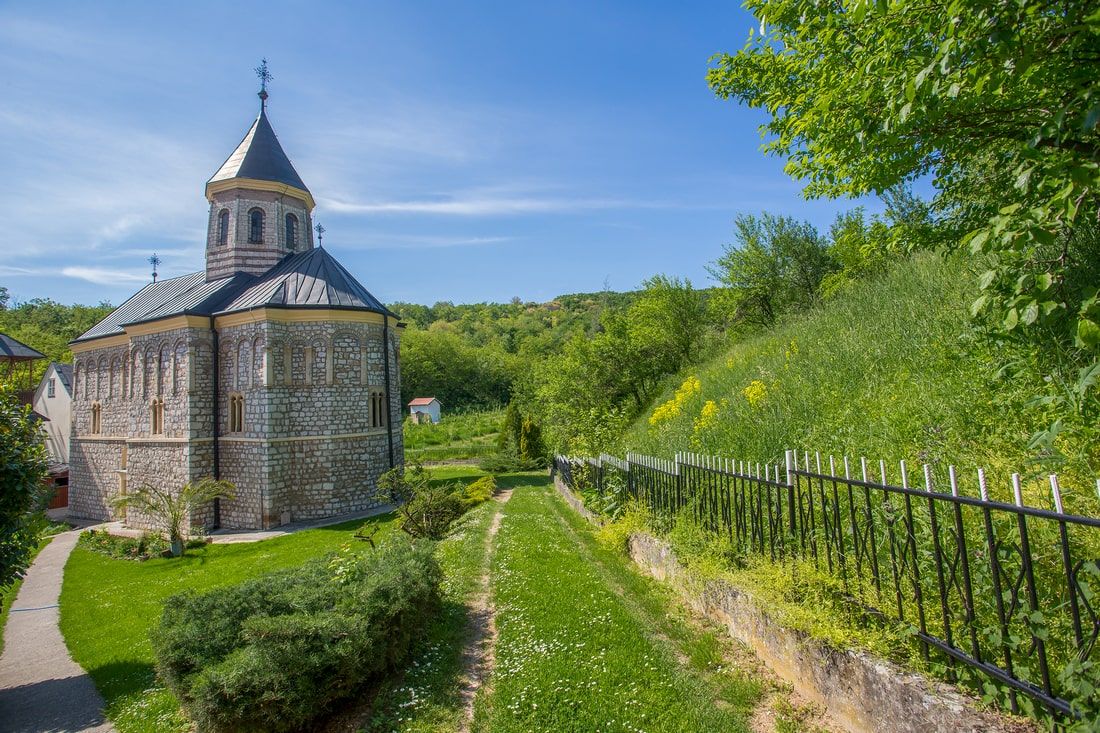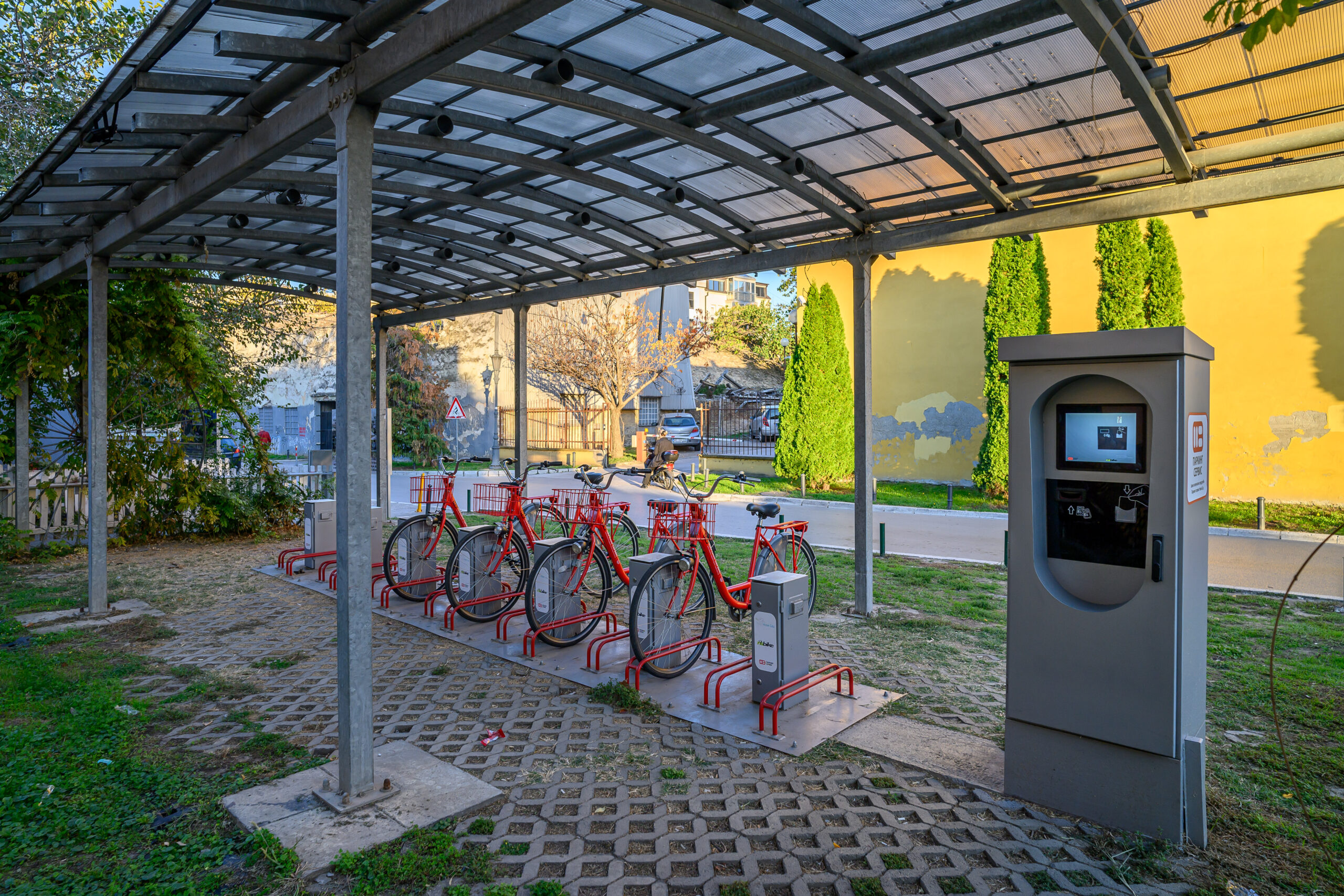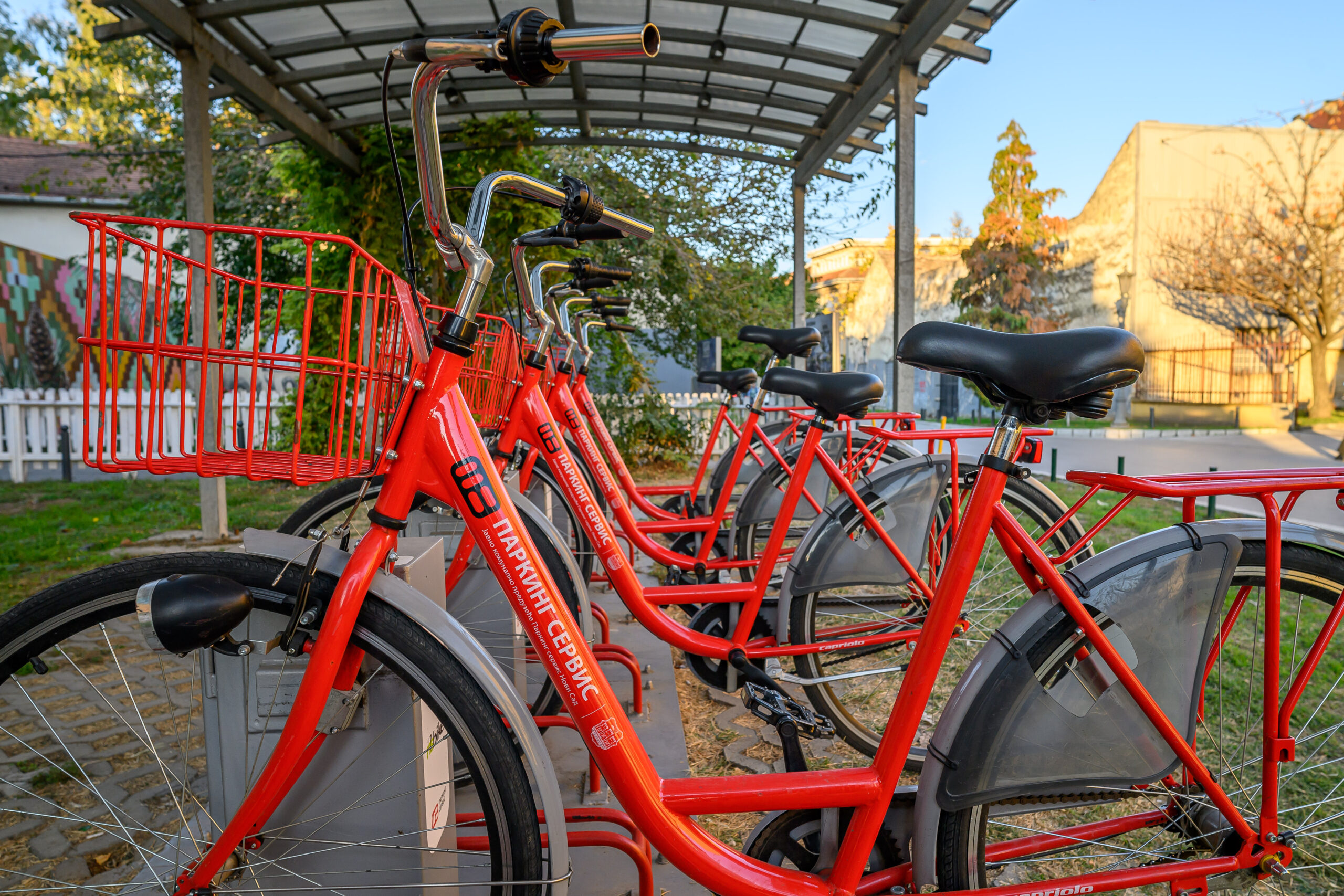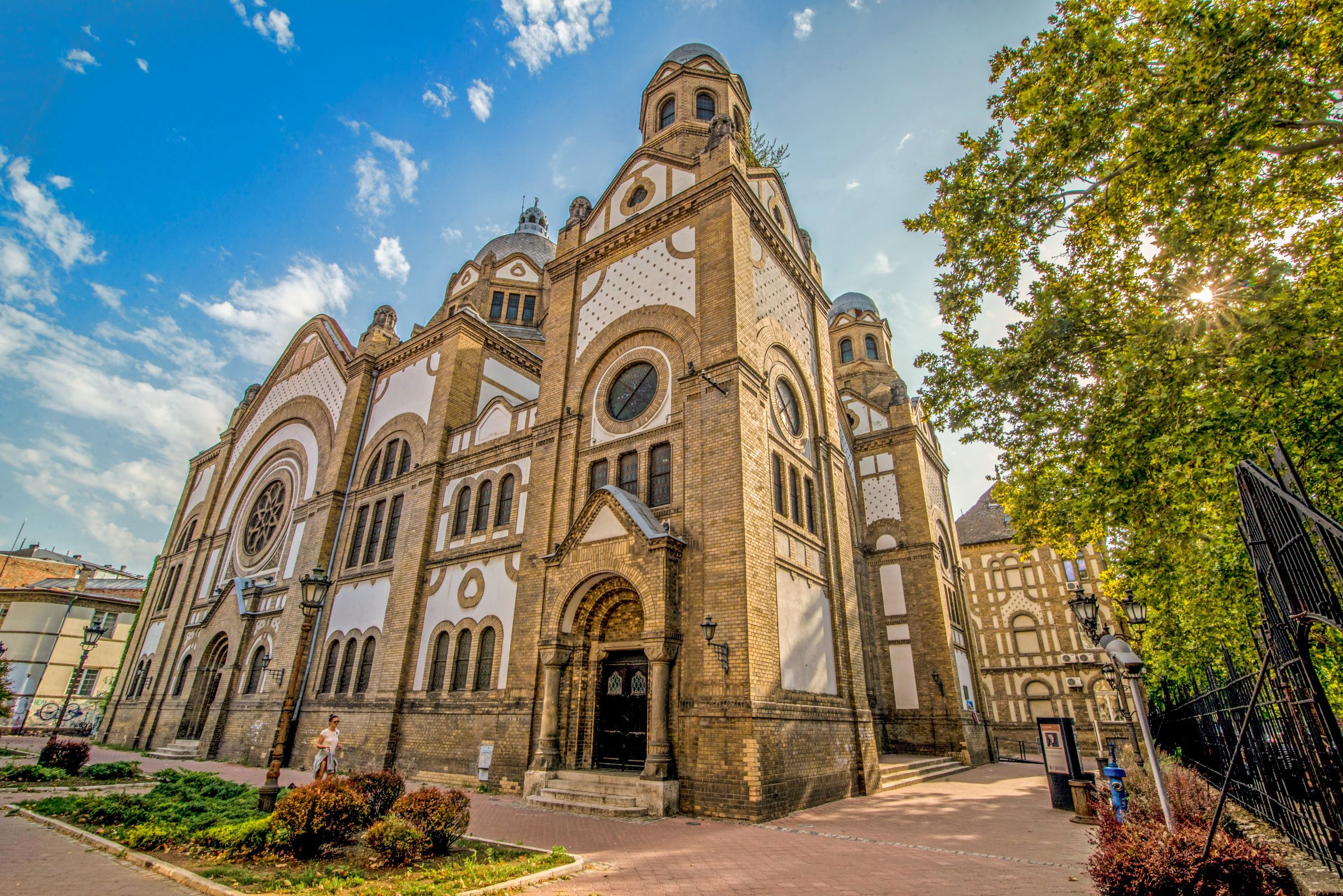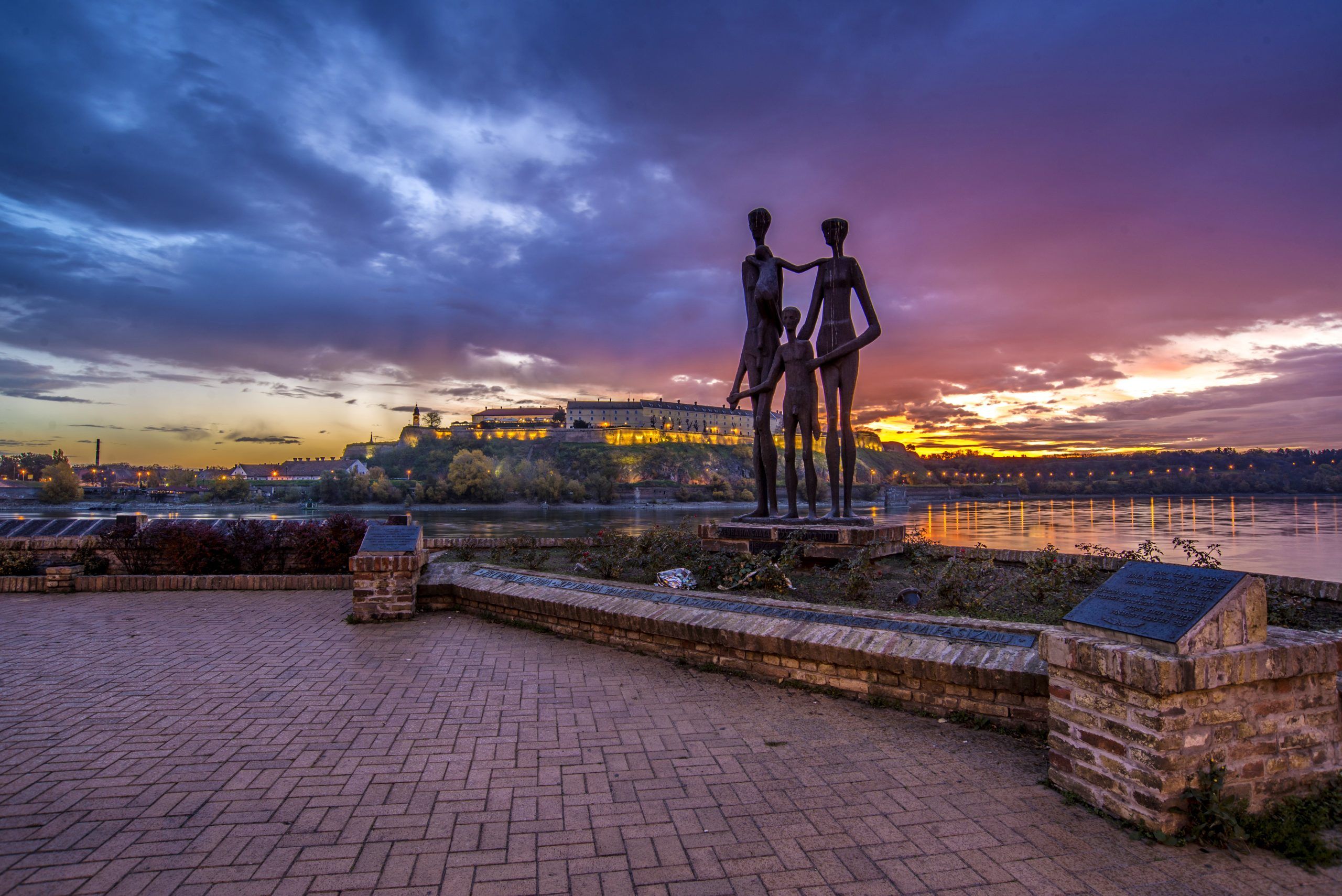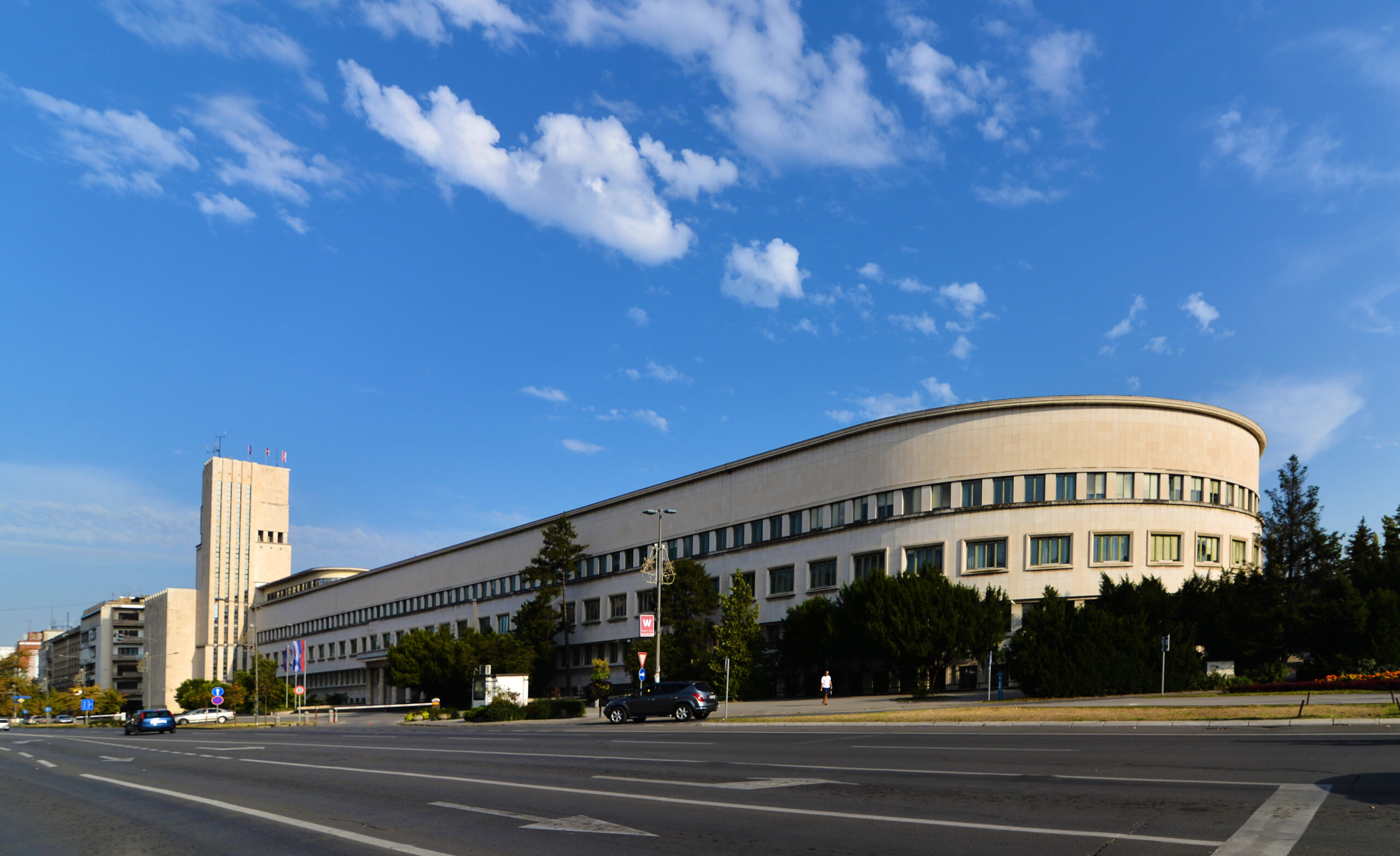52 Weekends - October
Opera and Ballet in Novi Sad
Experience in working with tourists coming to the Tourist Information Center of the City of Novi Sad has shown that foreigners who stay in the city often choose to spend evenings at the performances of the Opera and Ballet of the Serbian National Theatre. Music and ballet are universal arts whose language is understood by everyone. In recent years, the opera and ballet repertoire of the SNP has shown that it can also be part of the city’s tourist offer.
The SNP ballet has existed for over seventy years and enriches the cultural scene of our city. Novi Sad is proud to have cultivated ballet for decades – an art form enjoyed by people of all nations, races, classes, ages, men as well as women. It should be said and shown that the Serbian National Theatre is one of the treasures of Novi Sad(www.snp.org.rs).
Text: Gordana Stojaković
Archaeological and ethnological collection, but first – the parade helmets
When our guests come from abroad, we usually take them to the Museum of Vojvodina. This is where the deeds are kept of the population of Vojvodina’s contribution to the history of Europe. It is evidence of the continuity of traces of human existence, myths, history and culture created on the territory of Vojvodina, starting from prehistory to modern times. Here, we recognize ourselves as those who grew up on the heritage of cultures that developed in Vojvodina, and belong to the heritage of Europe.
We do not miss to visit the extraordinary archaeological setting with our guests, take a few photos next to the Roman parade helmets, recalling that the former Sirmium, today Sremska Mitrovica, was one of the four centers of the Roman Empire. In addition to the tour of the ethnological part and the part in the adjacent building presenting the anti-fascist struggle of the people of Vojvodina, we finish the tour of the settings in the debate on why the view of the historical development of Vojvodina from prehistory to modern times is insufficiently known outside its borders (www.muzejvojvodine.org.rs).
Text: Gordana Stojaković
Popovica and Orlovo Bojište
Popovica is the excursion site on Fruška Gora closest to Novi Sad and one of the most visited. This is the starting position of the famous Mountaineering Marathon, which is held twice a year – at the end of April and in October when thousands of athletes and recreationists, lovers of running and hiking on the mountain, flock to Fruška Gora. Marathon participants have several trails of different lengths and difficulty available, and everyone can choose something according to their affinities and physical fitness. For the youngest participants, there is a specially arranged Children’s Marathon trail in the length of about 4 kilometers, which is traversed alongside hiking guides.
Popovica can be reached from Novi Sad by your own transport or city bus number 74. The excursion site is equipped with benches, canopies and information boards. Nearby are the lookouts of Orlovo Bojište and Čukale, Popovičko Lake, Perina Cave, mountain lodges and trails. Orlovo Bojište is a landscaped lookout on the site of a former quarry the peak of which offers a beautiful view in the direction of Iriški venac with the Monument of Freedom and the TV tower in full view.
You can walk along the marked hiking trails on Popovica. Two circular health trails, known as Slavica’s Trails, start near the turnpike of the city bus. The first is marked by a green circle and is about three and a half kilometers long, and the second by a blue circle and is about four kilometers long. Both trails pass by Popovičko Lake, and on the route of the shorter trail is the Orlovo Bojište viewpoint.
After the walk, you can stop by for refreshment in one of the mountain lodges – Železničar, Crveni čot and Orlovo Bojište or relax in the unusual ambience of the Gorski Smeško Association of Friends of Nature.
Text: Slavica Lončar
Autumn colours of Fruška Gora – Letenka
Beautiful landscapes interspersed with warm shades of yellow and red are an opportunity to visit the Fruška Gora excursion sites. Our suggestion for this weekend is Letenka. The Letenka excursion site is located in the central part of Fruška gora, a few kilometers to the west, going from Crveni Čot, the highest peak on Fruška gora. Today, at the Letenka excursion site, there is a School in Nature of the Provincial Institute of Sports and Sport Medicine, located in the former Youth Settlement Letenka, built in 1975. Several wooden benches and tables have been set up in the area of Letenka, allowing visitors to sit down and enjoy the surrounding nature. In the vicinity of the excursion site, in the opposite direction of the part of the Fruška Gora Marathon trail leading to Andrevlje, there is an intersection and a yellow marking and a PD Postman’s trail leading to the monument on Hajdučki Breg, erected at the place where the Fruška Gora Partisan Detachment was founded in 1941.
Not far from Letenka, next to the Partisan Road, there is the Lepinjica memorial, dedicated to the partisan fighter Radinka Vitasović Lepinjica. Nearby is the Jabuka picnic area, named after the wild apple tree that grew there, and the famous WW2 memorial complex is located.
Walking in the glades and woods with the sounds of birds, autumn smells and clean air will have a positive effect on your health, bring you a lot of positive energy and recharge your batteries. The beautiful autumn colors of oak, linden, hornbeam, and wild cherry will make the entire space a fairy-tale one (www.novisad.travel/fruska-gora).
Text: Miloš Dunjić
Mala Remeta tourist oasis
Mala Remeta, a small village in the municipality of Irig, was first known for its monastery of the same name. Tradition says that the monastery was built by King Dragutin Nemanjić. It is reliably known that at the end of the 17th century, on the foundations of the previous monastery, it was renovated by the monks of the Rača monastery, who came to Srem from the bank of the Drina River.
A modern, small monastery church, of harmonious proportions, dedicated to the Shroud of the Most Holy Theotokos, was built in the first half of the 18th century. The founder was Stanko Milinkovic. Art historians have noted that the iconostasis of the church was painted by Janko Halkozović in the middle of the 18th century, and that the wall paintings are the work of Kosta Vanđelović from the beginning of the 20th century. In the vicinity of the monastery there is a monument that speaks of the death of a partisan fighter, later a national hero, Boško Palkovljevic Pinki.
Modern tourists are increasingly choosing to come to Mala Remeta because of the Deurić winery, whose wines have already conquered a wide audience. The winery is open for tourist visits and organizes wine schools, and you can top it all off with wine tasting and a tour of production facilities and wine cellars.
With the construction of a restaurant with accommodation, Fruškogorska Lugarnica, the village of Mala Remeta has gained a place for those tourists aiming to spend a few days here. Guests have interesting content at their disposal: a stable of shetland ponies, carriage rides, horseback riding, a walk along the Fruška Gora trails, adrenaline-inducing content (with prior notice), etc. A few kilometers from the Fruškogorska Lugarnica restaurant are the monasteries of Jazak and Ravanica.
Text: Gordana Stojaković
Cycling route – City
Novi Sad is covered by a dense network of bicycle paths. You can rent a bicycle at the City Bike Rental Service NS bike (April 1 – November 1, www.nsbike.rs) or in commercial shops for service, sale and rental of bicycles such as: Planet bike, Bulevar Oslobođenja 131 and others.
The proposed bicycle route is seven kilometers long and connects the sights in the old city center and those on the bank of the Danube. Depending on the breaks along the way, it is necessary to set aside one to two hours for this route. This route starts from the Novi Sad Synagogue, the spiritual and cultural center of the once numerous Jewish community of Novi Sad. After the Synagogue, take the bicycle path to the Pozorišni Trg (Theatre Square) and the Serbian National Theatre, the oldest professional theatre in Serbia. After the Theatre Square, an obligatory section begins: Trg Slobode (Liberty Square), Zmaj Jovina Street, Trg Republike (Republic Square) and Riblja Pijaca (Green Market). Cycling is not allowed here. After a walk and a short break from riding along Miloša Bajića Street, you will exit to the bank of the Danube and the Beogradski Kej near the river boat dock. The bank of the Danube boasts a well-maintained promenade and a marked bicycle path. This section includes the Kej Žrtava Racije (Quay of the Victims of the Raid) and the Porodica (The Family) Monument, Sunčani Kej, the University of Novi Sad and the Novi Sad Štrand City Beach. After Štrand and Most Slobode (Liberty Bridge), there is a path to the right that leads you to the Creative District, where numerous cultural institutions inhabit the former factory buildings. The route further takes you to Limanski Park and a break from cycling, after which you continue along the path next to the Naftagas Building, the most famous facility of the Oil Industry of Serbia, the “southern gate of Novi Sad” and the most monumental part of the modern architecture of the city from the end of the twentieth century. Next section takes you to the Karađorđe Football Stadium, the Big Fashion Shopping Center and the Sports and Business Center “Vojvodina” (SPENS) all the way to Trg Galerija (Gallery Square). This section is not fully covered by the path. The Gallery Square, with its three galleries, is a kind of epicenter for city’s art, where you can find the Gallery of Matica Srpska, the Memorial Collection of Pavle Beljanski and the Gallery of Fine Arts gift collection of Rajko Mamuzić.
The Gallery Square is connected by a passage to Mihajla Pupina Boulevard, where the Banovina building is located, one of the most grandiose buildings from the period between the two world wars. This is also the end of this cycling route.
Route length: 7 km
Ride duration: up to an hour
Text: Miloš Dunjić
